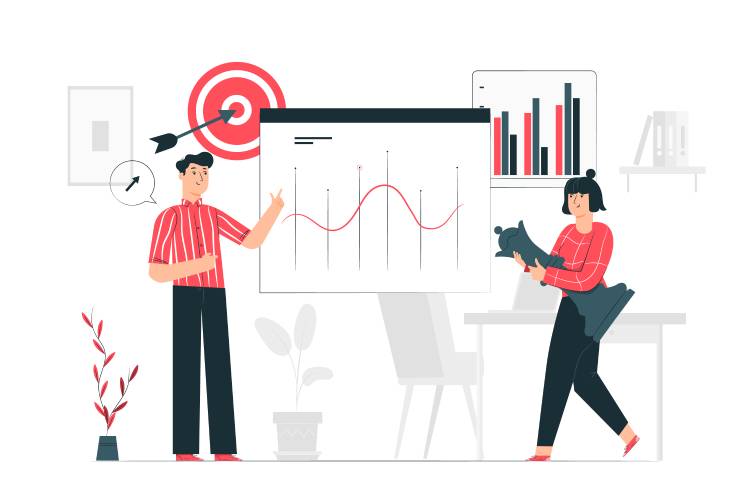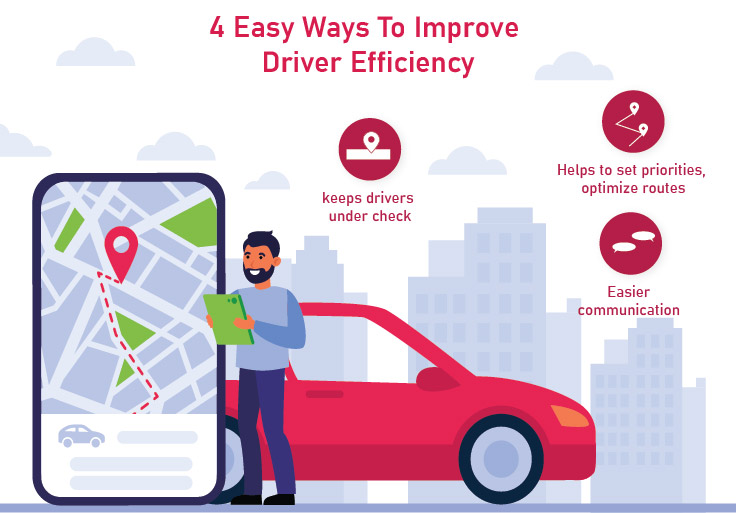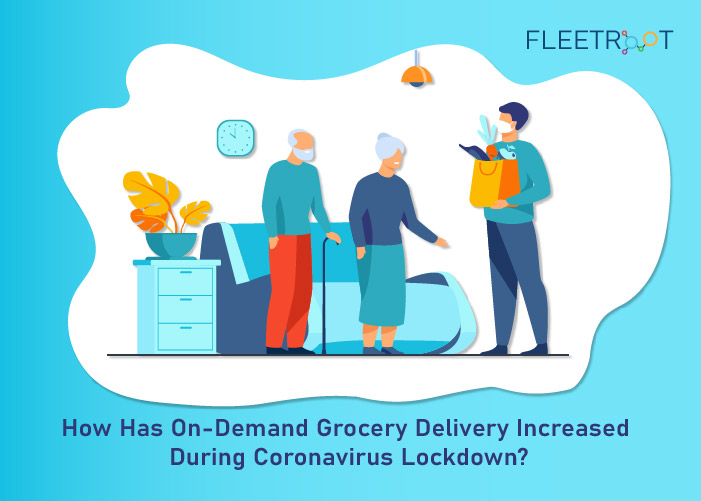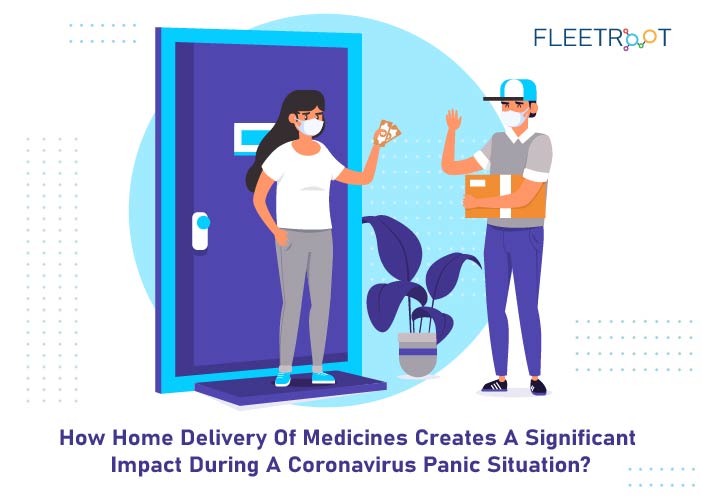The E-commerce industry has witnessed an upsurge in recent years, as various consumer facing industries, viz. consumer goods, medicines, home appliances, meals and even groceries open up to e-commerce.
The current pandemic situation has further reinforced this trend. All of this puts a spotlight on the delivery business as one of the most attractive businesses to be in.
But in the new digital economy where consumers keep raising the bar, can success come easily? The fact is – no matter the delivery industry, the road to success is strewn with challenges.
Delivery Challenges by Industry
Consumer Goods
Customer Challenge:
Inconsistent Demand. Sharp surge during festivals/ holiday season
Delivery time and location subject to change at any time
Time Window:
Same day / next day delivery. More than 2/3 days is a deal breaker
Product Challenge:
Box Size cannot be uniform
Process Challenge:
Order and Inventory Management
Distribution – Apart from suburban warehouses, urban hubs also needed
Prioritizing, scheduling and allocation
Transportation/ Fleet Management
Locating Customer address
Tracking orders and workforce
Grocery
Consumer Challenge:
Wants staples, fruits, vegetables, dairy, beverages and frozen items in the same order
Time Window:
Scheduled same day / next day delivery
Product Challenge:
Dry Items can be packed beforehand, but not fruits, vegetables, meat and seafood
Packaging requirements are different
Ideal temperature ranges also vary
Process Challenge:
Inventory – Inefficiency can lead to errors in order fulfillment
Distribution –urban hubs are required for efficient delivery. Transport equipment may need pre-cooling
Prioritizing, scheduling and allocation
Transportation/ Fleet Management
Tracking orders and workforce
Flowers
Customer Challenge:
Seasonal/ Event based Demand. Sharp surge around Valentine’s day
Late / Last Minute Orders
Time Window:
Same day delivery.
Product Challenge:
Highly perishable
Requires care while handling
Not all flowers are available through the year
Process Challenge:
Distribution – local hubs and temperature-controlled transportation
Scheduling and allocation
Locating Customer address
Tracking orders and workforce
Laundry
Customer Challenge:
Inconsistent Demand. Sharp surge during festivals/ marriage season
Very quality conscious
Time Window:
Scheduled pick-up and delivery same day / next day
Product Challenge:
Batch size will vary
Process Challenge:
Order Management
Scheduling and allocation
Locating Customer address
Tracking orders and workforce
Home Appliances
Customer Challenge:
Inconsistent Demand. Sharp surge during festival/ holiday season
Expect free home installation along with delivery
Time Window:
Scheduled delivery
Product Challenge:
Proper packing/ unpacking and careful handling is critical
Process Challenge:
Order and Inventory Management
Transportation/ Fleet Management
Scheduling and allocation
Training and background check of workforce
Tracking orders and workforce
Meals
Customer Challenge:
Inconsistent Demand. Sharp surge during weekends and holidays
Time Window:
Extremely short: 30-45 mins.
Product Challenge:
Meals should be fresh and hot
Process Challenge:
Order Management
Scheduling and allocation
Locating Customer address
Tracking order pick-up and delivery
Tracking work force
Medicine
Customer Challenge:
Inconsistent Demand. Can be emergency or delayed requirement
Prescription Driven- may not accept same drug of different brand/ company
Time Window:
Same day delivery.
Product Challenge:
Temperature Sensitive. Some products require refrigeration
Process Challenge:
Order and Inventory Management
Temperature controlled transportation and insulated containers
Prioritizing, scheduling and allocation
Specialized workforce
Locating Customer address
Tracking orders and workforce
Given the above challenges, yesterday’s manual tools and techniques of delivery management may not even be able to get you off the ground. However, an advanced Delivery Management Software that leverages the power of location technology and Artificial Intelligence (AI) can help you overcome these challenges and also clock healthy profits.
Let us see how:
1.Flexible Order Management and Fulfillment
The end goal of order management is to fulfill the customer’s order accurately and efficiently.
Here, the delivery management system is flexible enough to honor the customer preferences, while also keeping a tab on the delivery company’s resources, capacity and time taken for delivery.
It manages all customer related information, tracks order status, and automatically monitors inventory so as to keep the flow of goods running smoothly.
It is a complete module, incorporating invoicing, payment processing and collection.
2.Auto Allocation
Instead of manually drawing out schedules and handing them out to drivers, this system uses an algorithm to automatically assign incoming orders as per existing capacities of all available company resources (e.g., vehicles and drivers), location proximity, direction, order load, delivery window etc.
This decreases the turnaround time, maximizes the number of fulfilled deliveries, and enhances the customer experience. It also frees up the delivery manager from routine tasks and allows him to oversee the overall process and manage exceptions.
3.Route Optimization
The shortest route is seldom the most efficient, simply because a host of factors are at play when it comes to delivery in the real-world conditions. Add to that the last-minute orders and changes made by customers that can potentially throw off the best laid route plans.
However, an intelligent Delivery Management System uses advanced geo-location technology and Artificial Intelligence (AI) to calculate the fastest and most efficient route for delivery. Along with geo-coded locations, it captures and processes a huge amount of data regularly across a number of parameters such as traffic, road and weather conditions, construction enclosures, delivery time windows, vehicle type, capacities and constraints, etc.
The system is constantly learning and improving upon itself. Hence at any point of time, drivers get optimized route plans and navigation guidance on their mobile phones. Any last-minute changes are automatically accounted for in a matter of seconds. This not only helps drivers achieve on-time deliveries but also saves precious time and fuel.
4.Climate Controlled Storage and Transportation
When it comes to fresh produce and certain medical products, the ideal temperature ranges, humidity, and packaging requirements need to be carefully considered and implemented. Pre-cooled containers and insulated boxes can be used, but how do we ensure that the ideal climate is maintained throughout the transportation and delivery process?
This is where telematics and sensor management come into play. Through a host of sensors attached to vehicles, assets, containers and goods, the system is able to capture and track the speed and direction of the vehicle, ambient temperature and humidity within containers, number of times the door of the container is opened and closed etc. Alerts are sent out when threshold limits are crossed, and analysis of the data helps to assess the risks and make the required improvements.
5.Tracking of Vehicles and Workforce
Inefficiencies can also creep in when drivers use delivery vehicles to run personal errands, make unnecessary stoppages or resort to rash driving such as harsh braking, speeding or tailgating. Advanced GPS technology makes it possible for delivery managers to track the location of vehicles and drivers in real time.
Geofencing ensures that drivers don’t stray from their routes. Also, a number of sensors on the vehicle are able to sense and alert the manager in case of rash driving.
6.Dynamic Workforce Management
Inconsistent demand for deliveries poses problems for most industries. During peak season, a delivery company might suddenly need to hire extra workforce. An integrated workforce management module not only tracks performance metrics of existing workforce, but also keeps on file all relevant details of temporary workers, so that hiring and on-boarding of extra workforce can happen in a streamlined manner.
7.Complete Mobility Solution
The entire solution leverages the power of mobility and business on the go.
Drivers are equipped with an intuitive app on their phone which notifies them about assigned orders, optimizes their assigned routes in real time, provides guided navigation and even helps to transmit electronic signatures / photos as proof of delivery.
The Delivery Manager is equipped with an app that offers an interactive dashboard wherein he gets a bird’s eye view of all operations, can track the location and availability of drivers in real time and send out push notifications. He can also monitor the efficiency of order fulfillment, delays, complaints, returns and refunds.
The customers get a user-friendly app through which they can make purchases, track the status of their order, receive ETA notifications and also raise issues with customer service or post reviews and feedback.
8.Connected Customer Service
When it comes to the delivery of high value items such as electronic devices or home appliances, customers are more keenly involved. They want regular updates on their order status and ETA, delivery by prior appointment, and installation of the appliance.
They may even want support to ensure that the item has been successfully installed and is working as expected. The system can ensure that the customer gets personalized service via a service representative who can give up-to-the minute updates on their order right through to fulfillment, until the customer is left feeling fully satisfied with their product.
9.Analytics
The system integrates streams of data across all operations, processes, sensors and touch points and offers deep analytics capability. Managers can analyze a host of metrics viz. driver performance, On-time deliveries, reasons for delay, freight expenses, fuel costs, customer satisfaction, returns and refunds etc.
This helps delivery managers to initiate process improvements and top management to take strategic decisions.
Conclusion
Thus, no matter what your delivery industry, up-scaling your existing traditional delivery management tools to a unified fleet and connected delivery management system can help you transcend challenges, radically improve the efficiency of your business processes, and earn a valuable cost advantage over your competition.
Are you ready to take action and reap in the profits?
Call us for a free consultation today!




